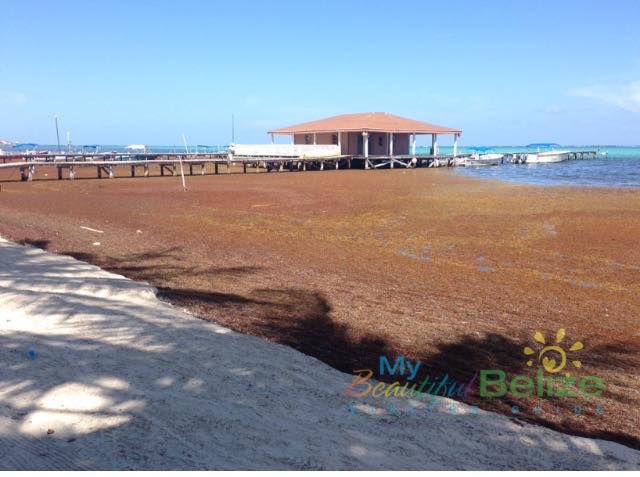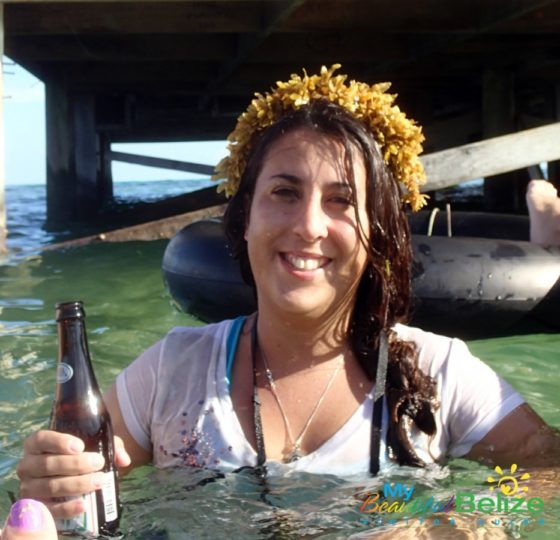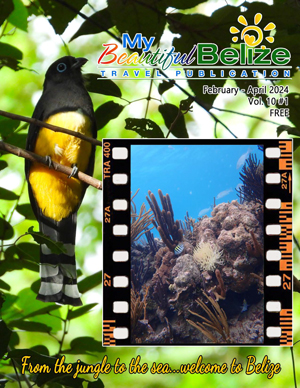So the Sargassum seaweed is upon us, in fact it’s been here for quite a while now. And truthfully there’s really no indication of just when the influx of seaweed will halt. We know that the smelly mounds are not the neatest beach accessory, and it certainly puts a damper on sunbathing and dips in our lovely Caribbean Sea. But you see the thing is, it’s not just our little island town. In fact, much of the Caribbean region is being affected and popular Mexican vacation destinations as well. Several times daily, mounds of the large masses wash ashore and settle on our beaches. While our hoteliers, town councilmen, and volunteer groups work hard to remove as much of the seaweed as possible. It’s a natural phenomenon, so that means there really is no way to stop the course of nature.

So, as we work as a community to develop alternative methods to counter the seaweed, remember that the Sargassum is NOT all bad! Yes, sometimes good things DO come in stinky packages, and while we may not like the stuff, bear in mind that it actually has tons of environmental benefits! What? Yea, we did a little research of our own and actually discovered quite a few interesting facts and benefits of our resident aquatic weed. Check out a few below:
• Our Sargassum comes from the Sargasso Sea, which is over two million square miles in size, and it is completely distinct from its surrounding waters both oceanographically and ecologically.
• It supports roughly a million tons of plant life, which provides habitat for over 100 species of fish and 140 species of invertebrates, and many of them occur nowhere else.
• The Sargasso Sea level is three feet higher than the surrounding waters, and the waters are warmer and saltier.
• It consumes carbon and produces oxygen in huge quantities. It has been called the golden floating rainforest of the ocean.
• Sargassum is a natural habitat for micro marine organisms that feed on larger sea creatures
• It is a nursery for juvenile fish
• Juvenile turtles use the floating mats for feeding and protection
• Tuna and trigger fish along with several other species hunt and hide under the masses
• Seabirds feed on fish that develop habitats within and beneath the sargassum
• The Sargassum that washes up on the beach is a natural fertilizer that releases tons of organic carbon that benefit the environment and provides nutrients to our beaches
• The masses also create a new habitat for many organisms that feed from the weeds. These smaller organisms in turn feed plenty of insects and invertebrates.
• Sargassum can be used as organic landfill to expand surface areas of eroding beaches (Kudos Build a Beach volunteers!)

Although it is easy for both residents and travelers to view Sargassum as a nuisance, until local and regional research provide us ( the Caribbean, not just Belize) with methods to effectively live with the pesky weed, (or the tides change) let us appreciate the many ecological benefits of our floating visitor.

“One of the many Sargassum inhabitants – Histrio histrio- the only species in its genus. It lives among Sargassum seaweed. When your first name is the same as your last name in scientific naming it means you are the one and only!” Photo courtesy: Elbert Greer



